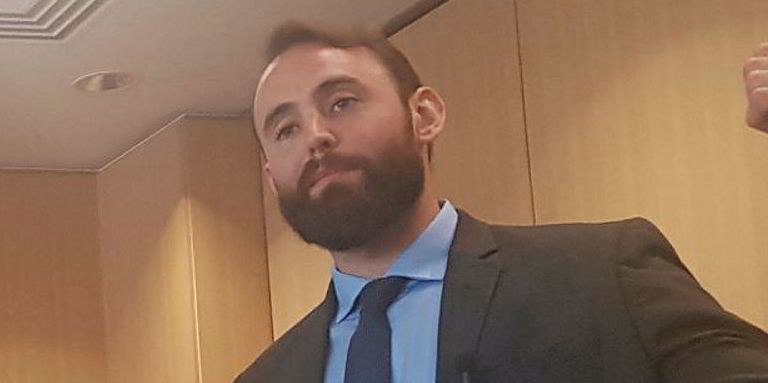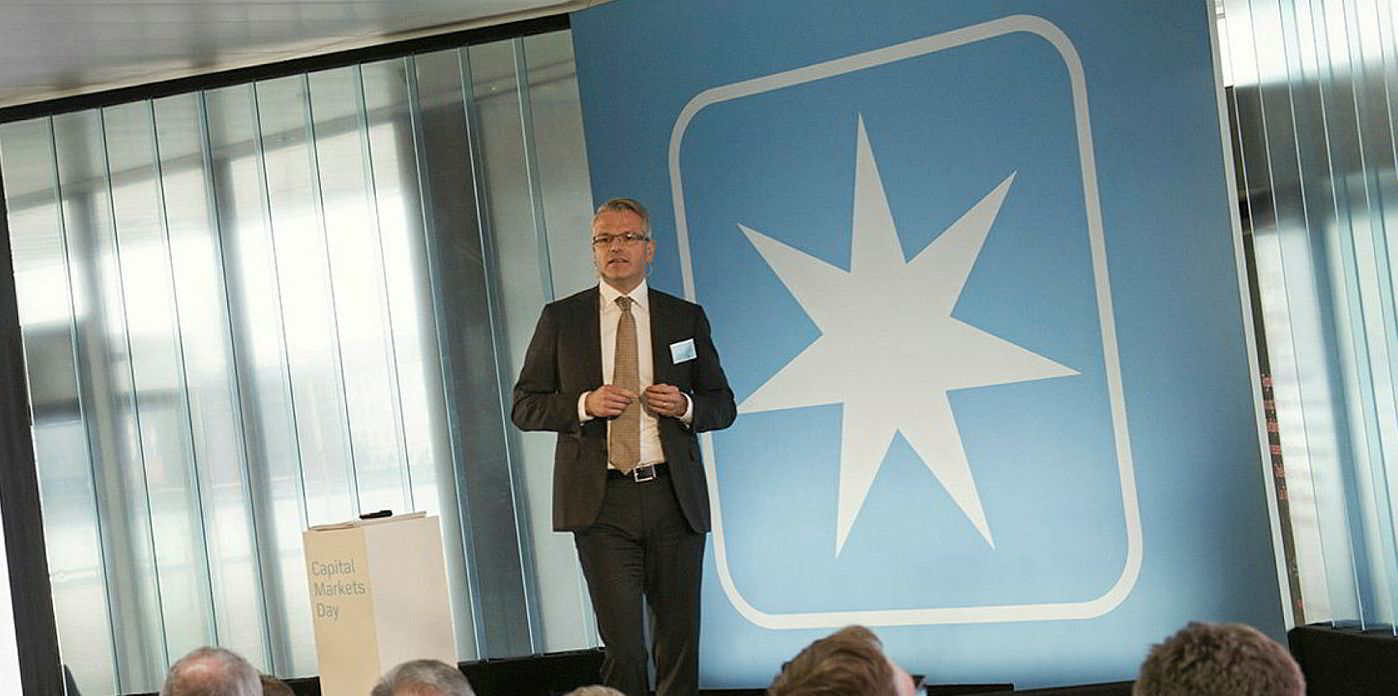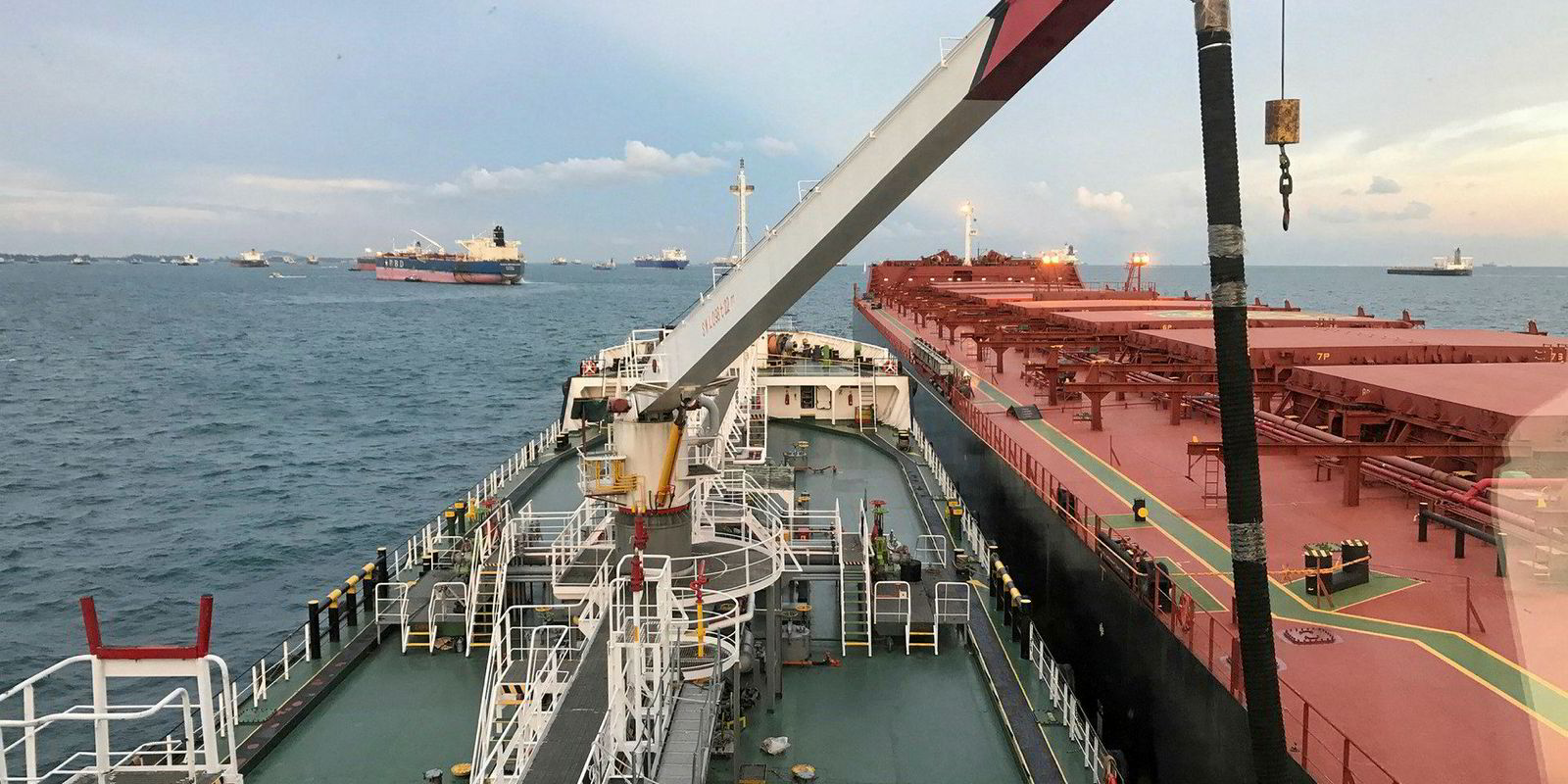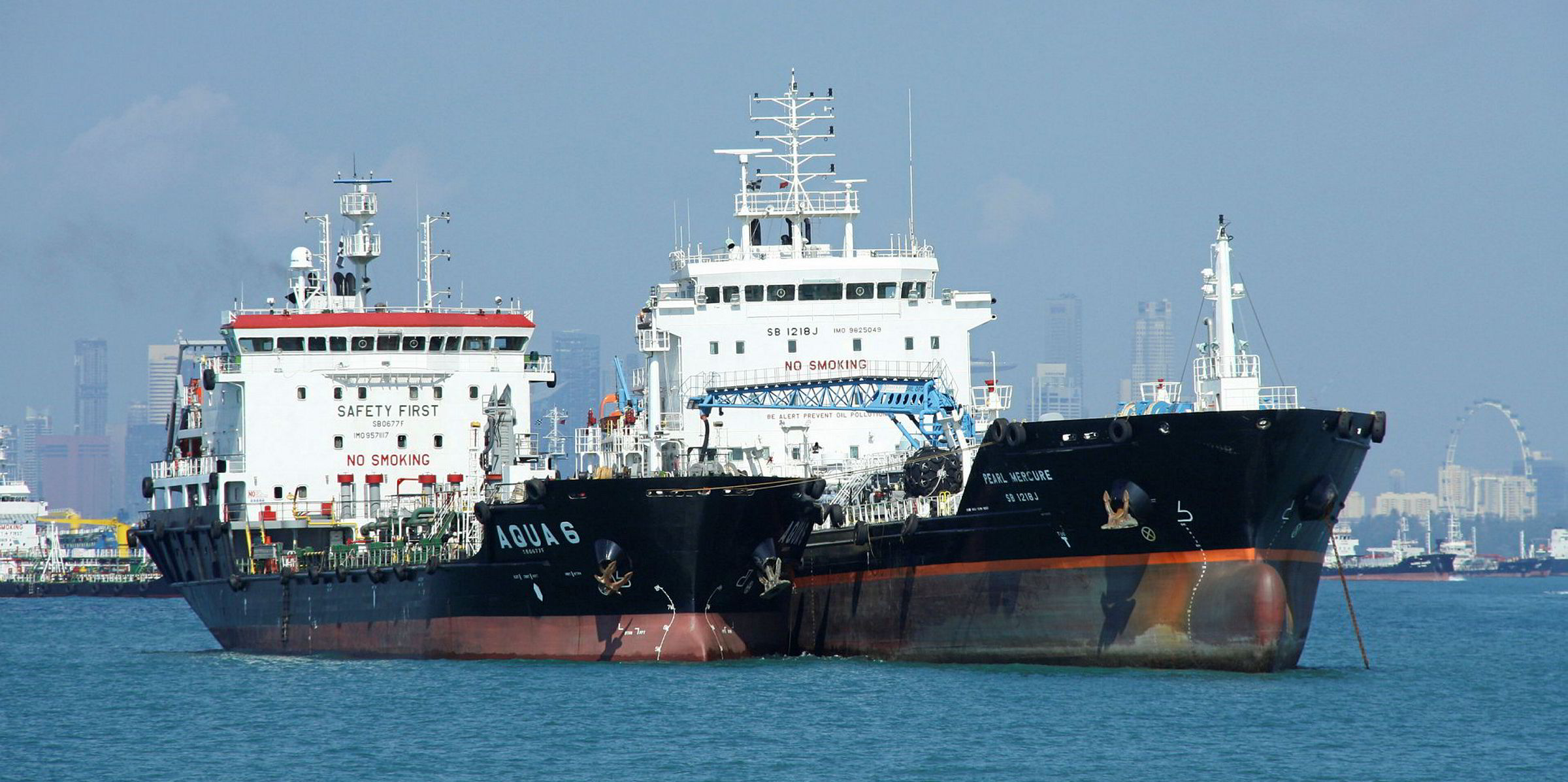A nascent tech venture is seeking to deploy synthetic tagging and blockchain technology to reduce fuel contamination ahead of IMO 2020.
The move comes as marine insurers and shipowners fear a spike in bunker-related claims as untested blends of low-sulphur fuels enter the market.
And as insurers count the cost of hundreds of contamination claims from engine problems caused by Houston-sourced bunkers earlier this year.
About 75% of hull and machinery claims are related to the main engine, with fuel contamination a major cause of breakdown.
Tracing orders
BunkerTrace is the product of a joint venture between technology companies Forecast Technology and BLOC. It offers stakeholders the ability to trace their fuel orders through the supply chain, from refinery to bunkering.
Under the solution, synthetic DNA is used to tag fuel as it leaves a refinery and, through a five-minute test prior to bunkering, stakeholders can confirm whether the fuel has been contaminated via additional blending while aboard a bunker barge.
In addition, BunkerTrace requires all stakeholders to use blockchain technology to enable full traceability of fuel as it passes along the supply chain.
As such, insurers will be able to identify where contamination has occurred when settling claims on tainted fuel.
And, according to BunkerTrace, owners and port state control (PSC) will be able to verify IMO 2020 fuel compliance, and ports improve quality control.
The shipowner can make sure that the fuel that is ordered is the fuel that is delivered. It guarantees the provenance of the supply chain
Forecast Technology technical sales director Stuart Hall
BunkerTrace was unveiled to the London marine insurance community at London International Shipping Week.
Provenance of supply
Forecast Technology technical sales director Stuart Hall said: “The shipowner can make sure that the fuel that is ordered is the fuel that is delivered. It guarantees the provenance of the supply chain.”
BunkerTrace chief executive Marc Johnson said the technology will also show if the fuel meets the IMO regulations.
“[BunkerTrace] offers evidence of compliance above anything else in the market,” he said.
Miller Insurance Services is backing the product. But Miller hull and machinery underwriter Patrick Atkins admitted the reaction from the marine insurance market has been lukewarm. “In general, the response has been ‘we don’t really care’,” he said.

Apollo Syndicate hull underwriter Iain Henstridge, who also chairs the Joint Hull Committee, said that there are currently too many unknowns over IMO 2020 compliance for marine insurers to commit.
“It is a shipowner’s problem,” he said. “No one knows quite what will happen come January 1, there is an information blackout as far as marine insurers are concerned.”
However, Miller’s Atkins noted the Standard Club, Swiss Re and the Norwegian Hull Club had been positive about the product.
And elsewhere, ports, including Gibraltar and Singapore, are keen to use the technology to improve the quality control of bunkering.
Environmental accounting
The product is being developed as an efficient way to help PSC check, and for shipowners to prove, compliance with IMO 2020.
And it has potential applications in environmental accounting and demonstrating ship carbon emissions.
A consortium of industry stakeholders, including classification society Lloyd’s Register, shipping company Heidmar and shipowners’ association Bimco, has been set up to explore its potential.
Read all our London International Shipping Week coverage at tinyurl.com/twlisw2019






